Dear WWII History:
There was a significant identification error on page 78 of the November 2003 issue. The Japanese aircraft carrier shown in the photograph was identified as the Hiryu, whereas, in fact, it is the Kaga. The same photograph was correctly identified in several other sources, including Cheseau, Cressman et al., and Lord.
However, just a knowledge of the Japanese carrier-building program would be enough to demonstrate which it was. Of the Japanese Pearl Harbor attack carriers, only two (the oldest carriers) had the high flight deck as shown: the Akagi and the Kaga. The Kaga had a small starboard island that was clearly forward of the middle of the ship (as is obvious from the photograph), whereas Akagi had a somewhat larger, portside island at approximately amidships. The other four carriers in the Kido Butai, including Hiryu, had flight decks much lower and closer to the freeboard and to the sea.
James F. Jekel
North Haven, Connecticut
Dear Editor:
In “White Star Over Russia” (July 2003) Wil Deac stated that the B-17 Flying Fortress had Pratt and Whitney engines. In fact, it had Wright Cyclone 1830s. The B-24 Liberator had Pratt and Whitney 1830s.
As a former radio operator and top turret gunner, those of us that flew in the B-24 get upset with all the recognition the B-17 gets. I flew 33 missions with the 448th Bomb Group in the Eighth Air Force in the B-24.
There were just as many B-24s as there were B-17s in the Eighth.
I still think your magazine is great. I have referred several people for subscriptions.
William J. Harkins, Jr.
Ocean City, New Jersey
Dear Mr. Haskew:
Speaking for the silent majority of fellow citizens, many of whom, like myself, are proud veterans of the U.S. armed military forces during wartime, let me state that we did what we instinctively considered our duty to do as loyal citizens.
Our pledge of allegiance continues to instinctively evoke some profound emotions, some undefineable feelings.
It is my contention that the vast majority of intelligent patriotic fellow citizens (native or naturalized) are thoroughly appalled, disgusted, and disconcerted by the recent display of publicized protests against the United States for its determination to end the mounting number of deaths, casualties, and destructions that would have occurred by prolonging World War II. Excluding the revisionists, historians have calculated and documented that the toll of lives in the eventual invasion of the Japanese mainlands would have exceeded a million U.S. (and Allied) lives plus the virtual elimination of the entire population of Japan, consisting of over 15 million. The Japanese published official articles of defense against invading forces, including every civilian in addition to the military, in which they were adamant on assassinating all protesters. Don’t doubt for one instant that powerful leaders in Japan were themselves committed to avoiding invasions at all cost, including, if necessary, committing their own self-immolation (hara-kiri) but also equally willing to sacrifice every other inhabitant of their (up to then) invulnerable island empire.
Who among us has not read of the Kamikaze? I witnessed these suicidal fanatics! They not only flew their bombers into our naval ships, but unstintingly wasted their lives in mortal combat after being overwhelmed by superior forces, rather than be taken as prisoners. They murderously strafed the parachutes of my bosom buddies who had bailed out of wounded airplanes. They committed some of the most horrifying crimes against humans in their determination to win at all costs.
Anyone honest enough to concede recognition of my (and others still living) personally witnessed testimony to those realities should also be willing to conclude from irrefutable statistics that it was far more desirable, even though reluctantly decided upon, to use every forceful means then available to us, to lose 350,000+ adversaries rather than a subsequent added 15+ million of our own citizens in the U.S. military service. Better that President Harry Truman and the Chiefs of Staff suffer the inevitable consequences of protesters than prolong a seemingly unconquerable adversary.
Were we justified in using force? How many readers know that a full week after the second atom bomb was dropped, “round-the-clock” bombing missions continued into the Japanese homeland? They refused to surrender against the overwhelming odds. In addition to General Curtis LeMay’s informative diary, my friend and fellow 13th Army Air Force flier-combat veteran, Keith Anderson, offers his authentic flight-log documents proving the authenticity of those awesome missions to any doubters.
Would that every descendant of the “greatest generation” take the time to get acquainted with veterans to whom they might show a modicum of sincere gratitude for contributing to prolonging the enjoyment of their freedoms, including their rights of protest. Finally, is it not incumbent on all Japanese teachers to likewise educate their students about the benefits of our postwar reconstruction of their homeland as contrasted with what would have been the unspeakable consequences of an invasion? That effort would develop gratitude attitudes rather than memorializing a justifiable disaster. To set the record straight, let all the facts be revealed to both parties.
It is a pity that today’s shameful public demonstrations against the United States’ use of every weapon in its arsenal to overcome its enemy have been so grossly misinterpreted by so many descendants (on both sides) of those who fought so valiantly to prevail against each other.
Stuart Felton, Captain USAF (ret.)
Indianapolis, Indiana
Dear WWII History:
I am a subscriber to your magazine and really enjoy it. I feel you should give credit to another branch than the Army, Navy, Air Force, and Marines. The Adjutant General Department did no combat but served under combat conditions. I was a M/Sgt. of the 31st Postal Regulating Section. I have crossed the equator and survived the initiation given by the crew of the USS Sea Perch and had church services two days in a row when we crossed the Date Line. I saw duty in the Philippines (Manila and Batangas) and Atsuzi Air Field in Japan. Thank you for bringing those memories back.
Eugene Vansickle
Rushville, Indiana
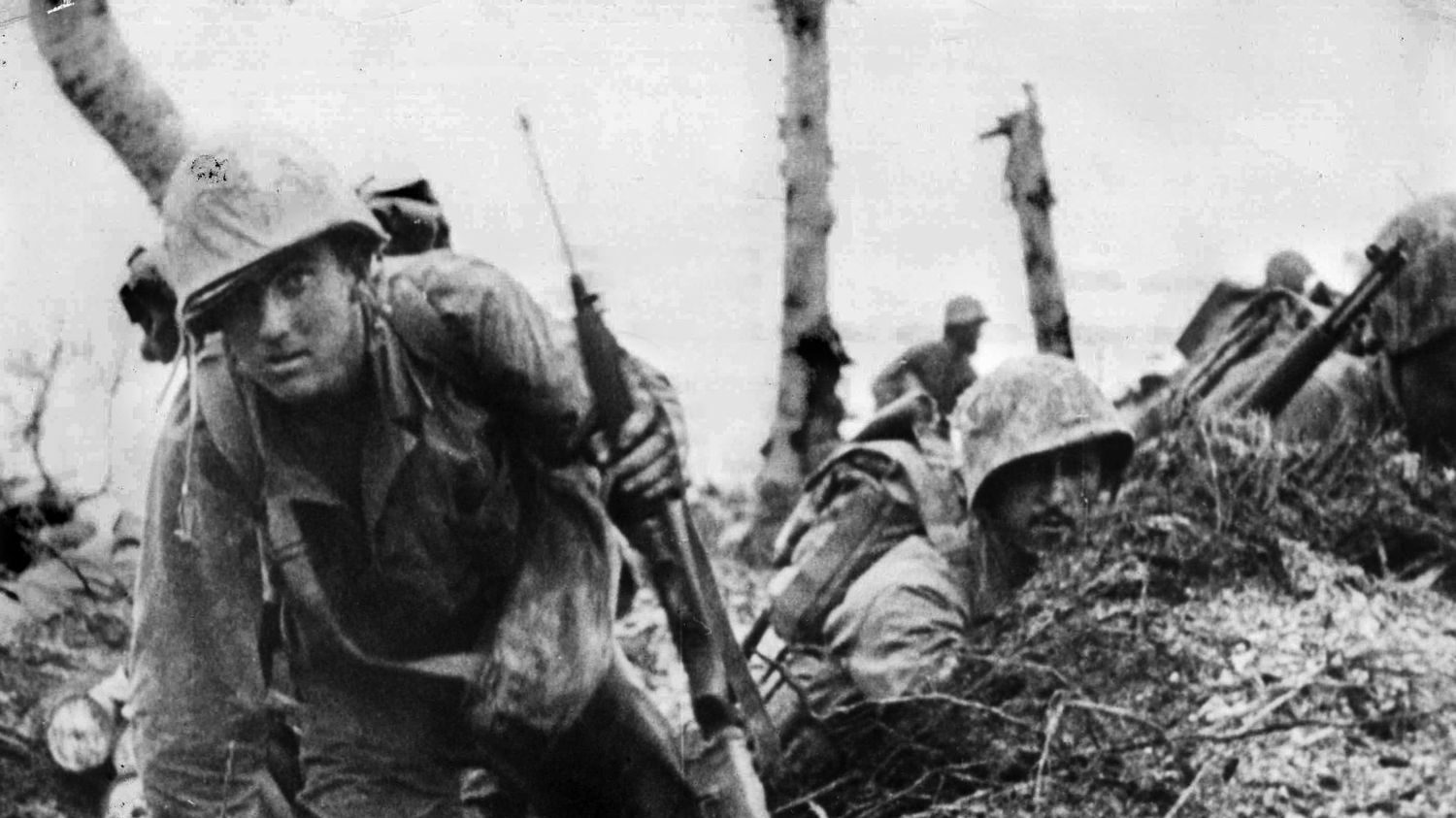
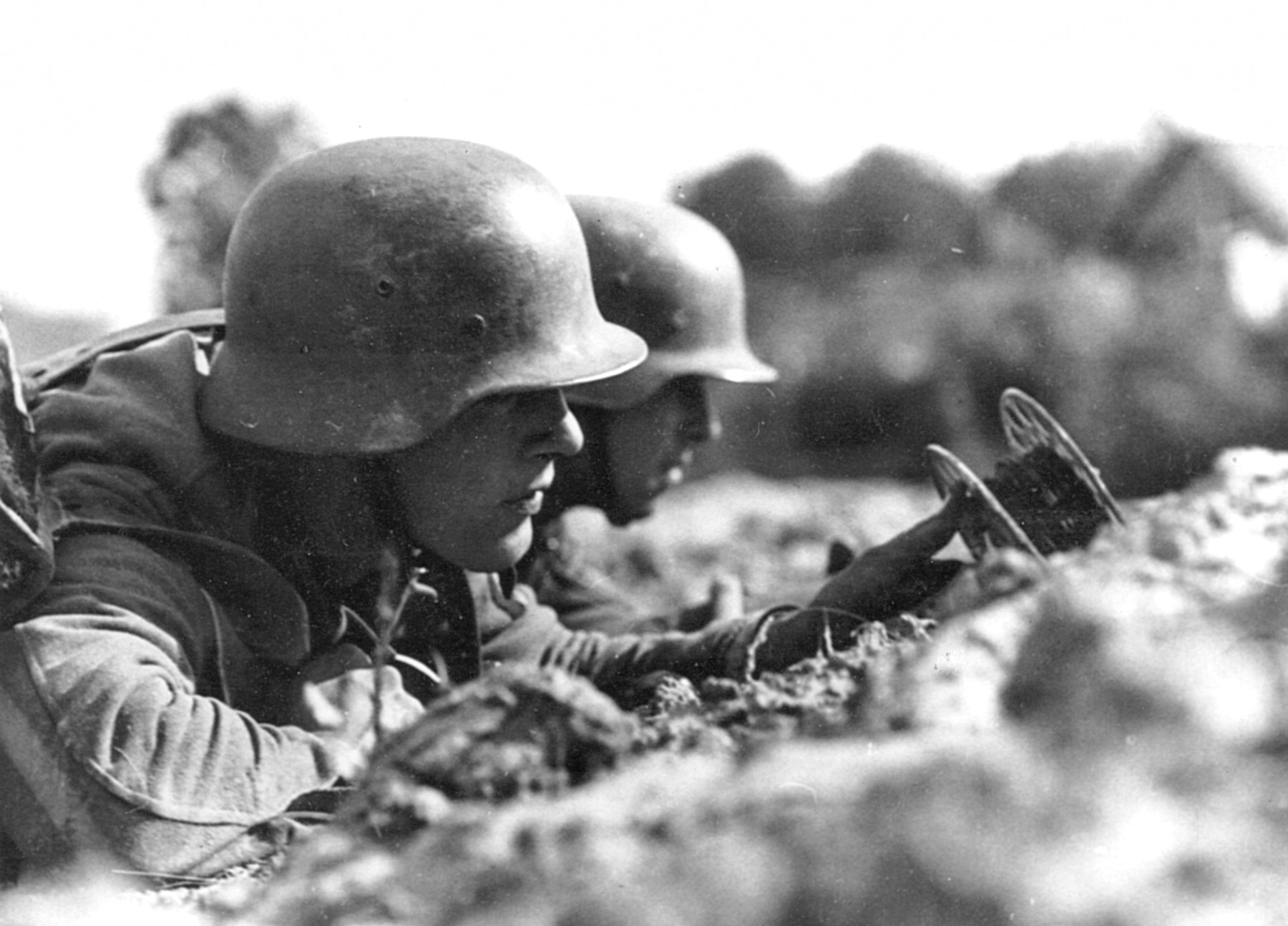
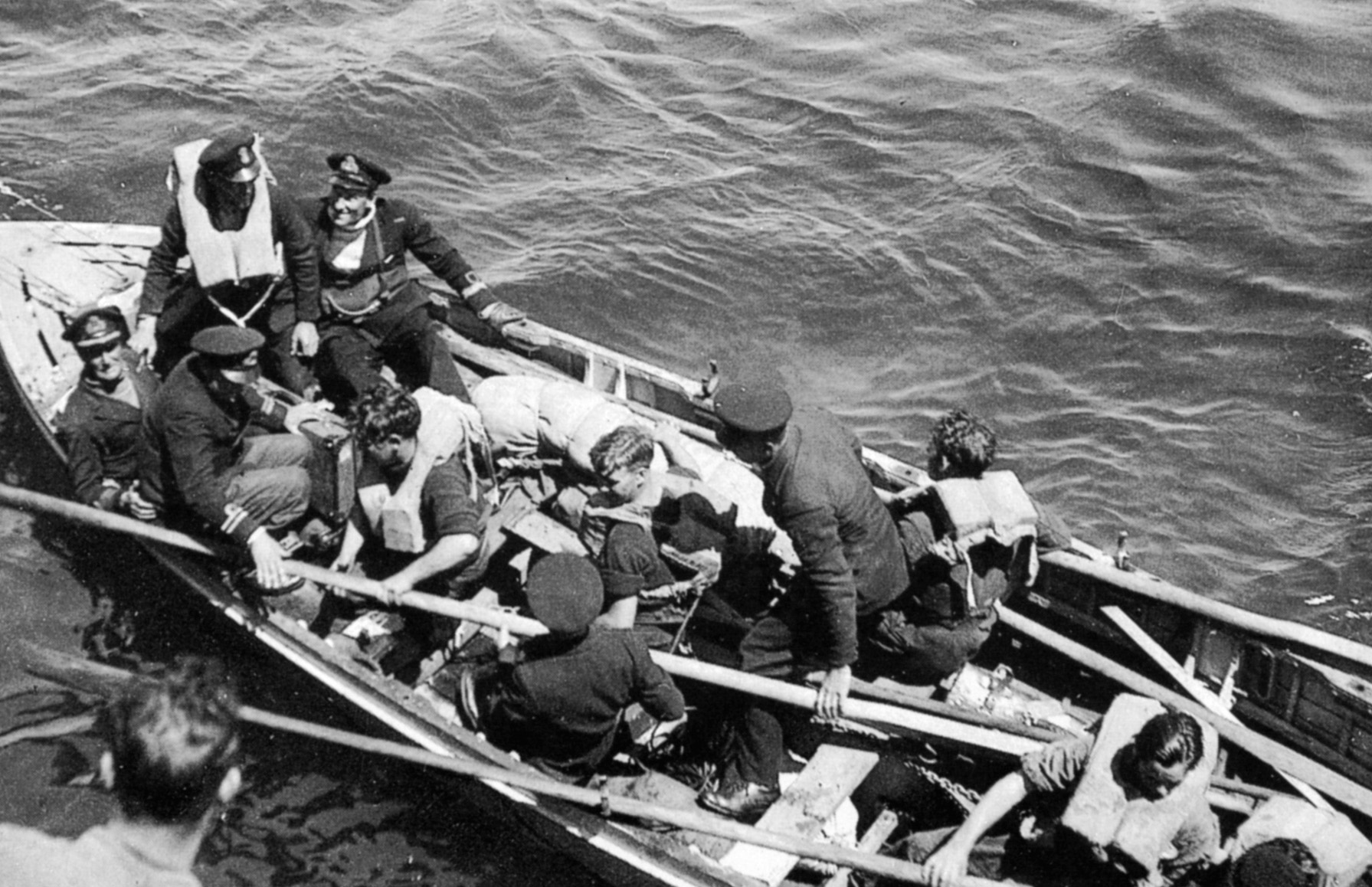
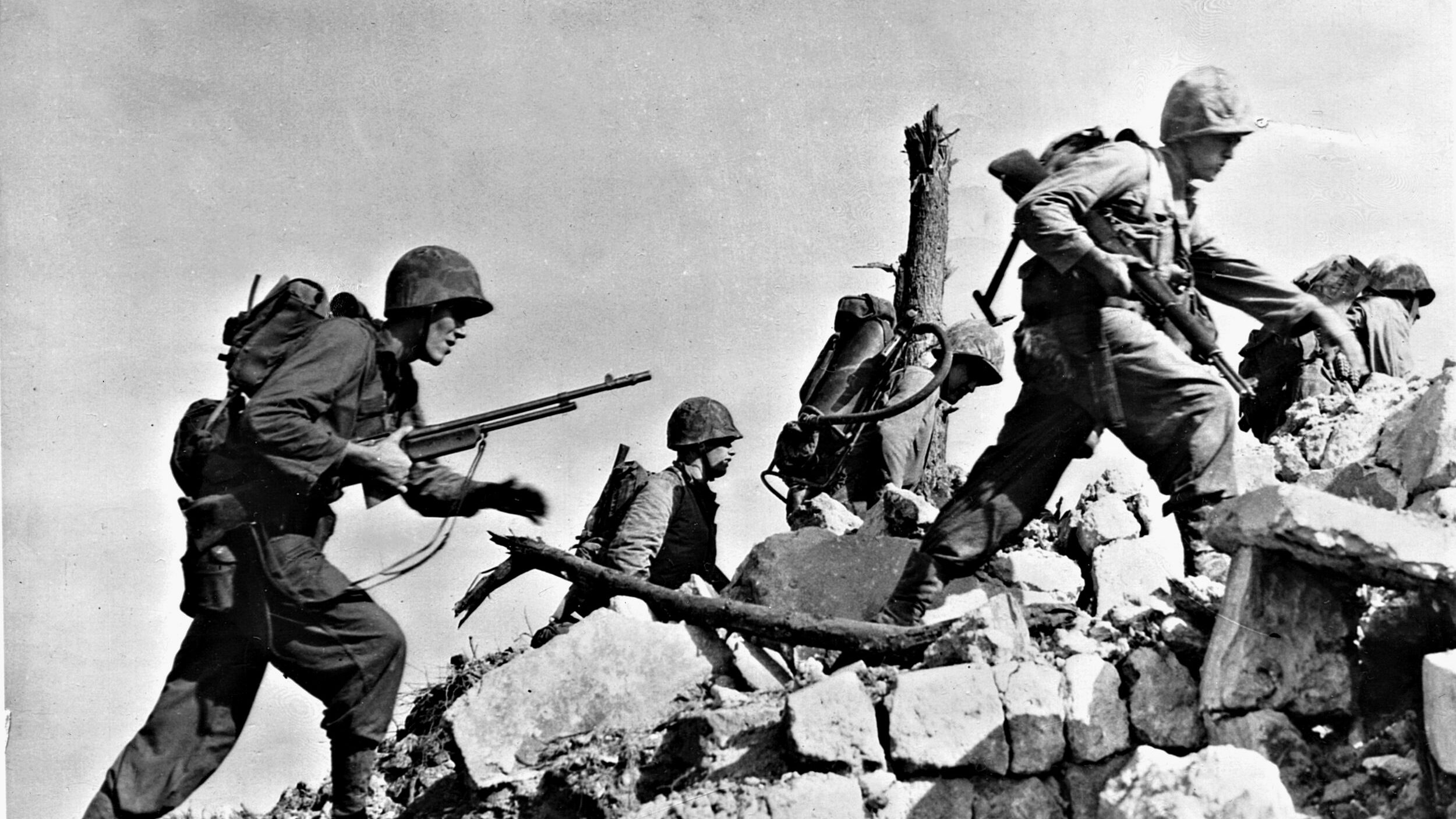
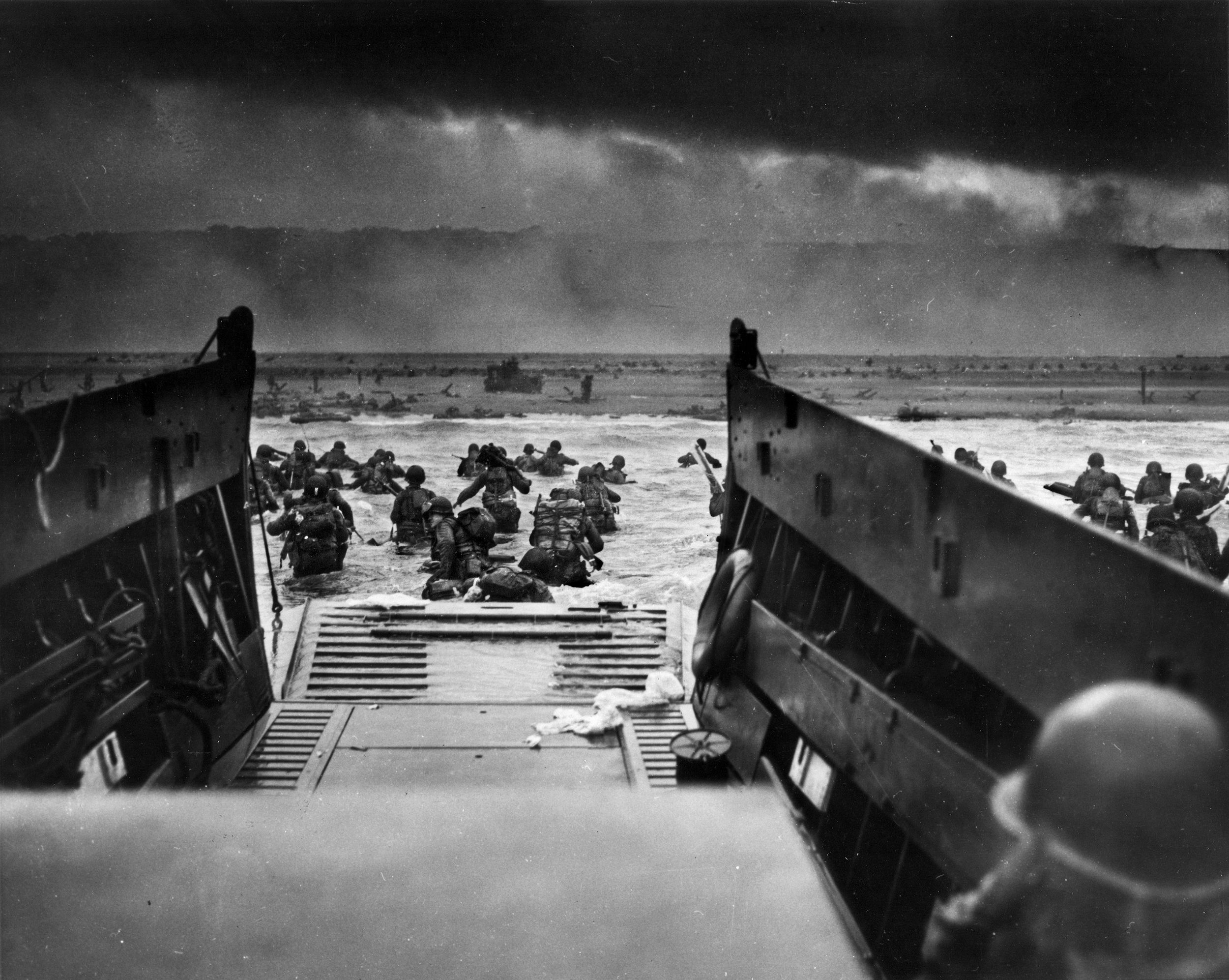
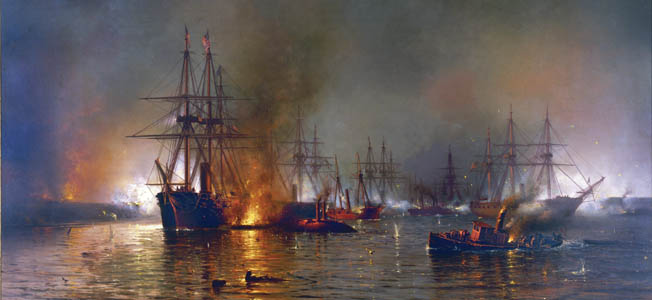

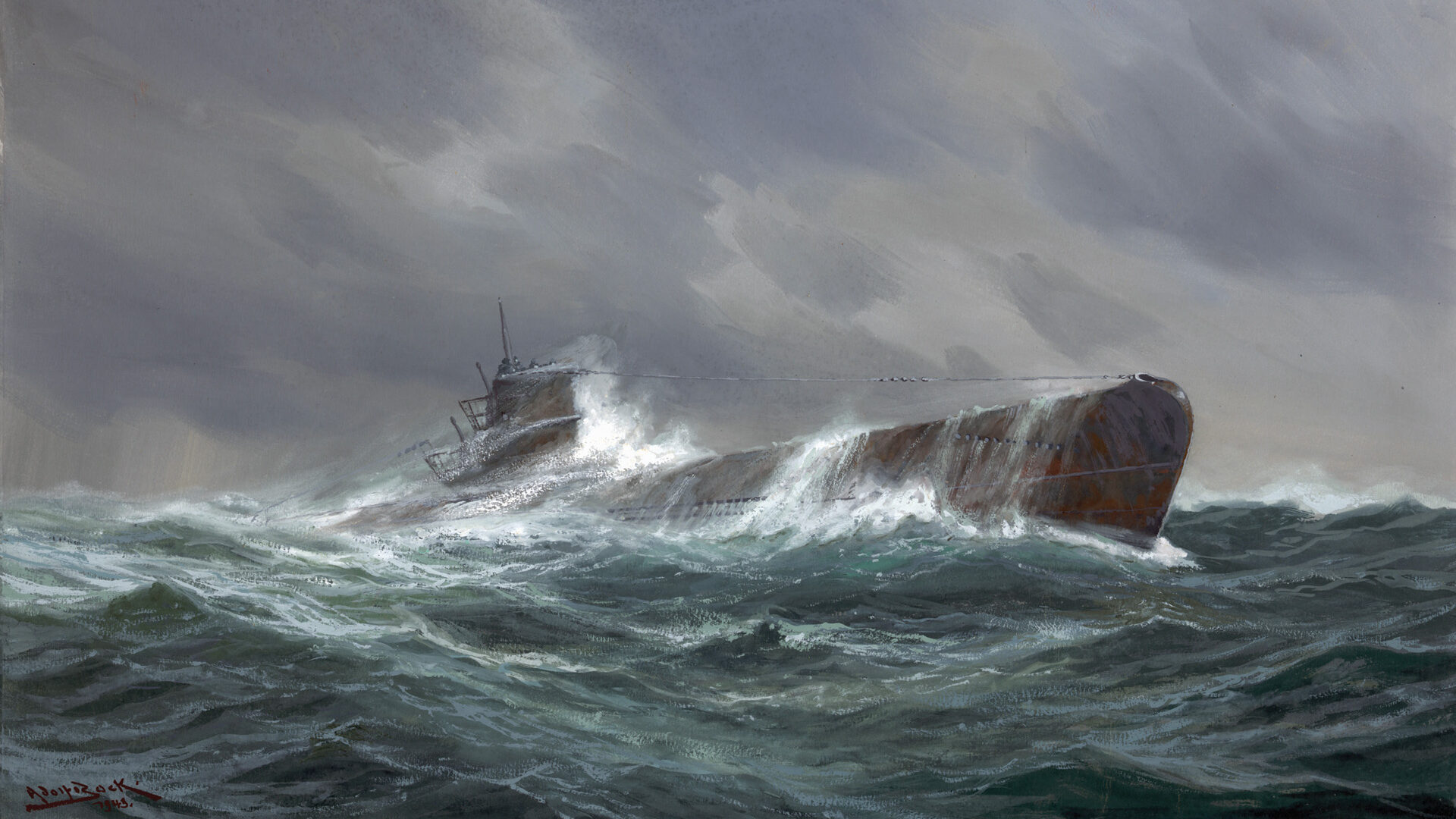
Join The Conversation
Comments
View All Comments